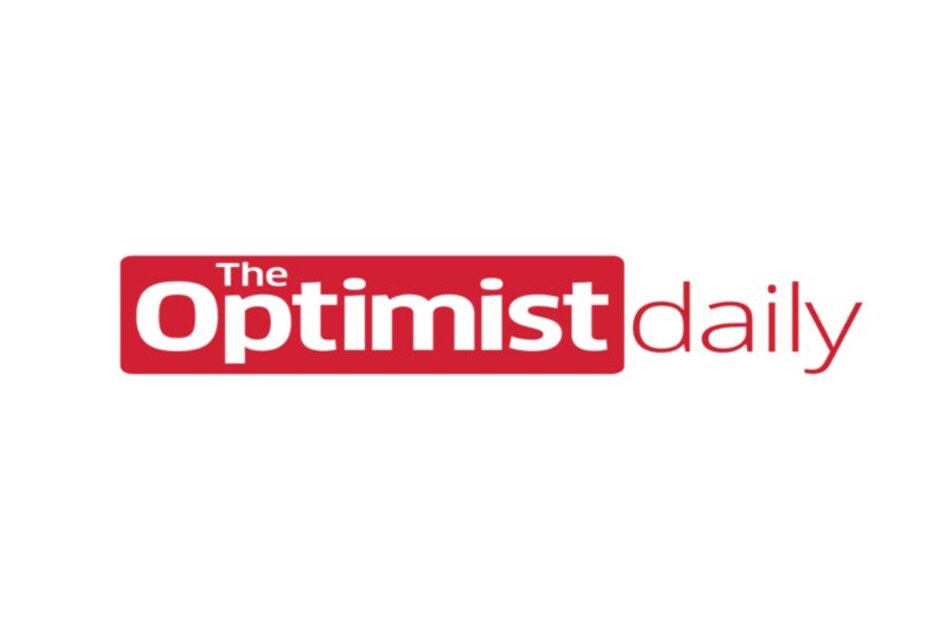Teeth cleaning is something we all should do daily and thoroughly, however, is something most of us do not do properly. The design of the toothbrush has remained relatively unchanged for hundreds of years, so to revolutionize how we look after our mouths, a team from the University of Pennsylvania has come up with an innovative idea: using magnetic robots to automate the brushing and flossing.
“Routine oral care is cumbersome and can pose challenges for many people, especially those who have a hard time cleaning their teeth,” says Hyun Koo who worked on the project. “You have to brush your teeth, then floss your teeth, then rinse your mouth; it’s a manual, multistep process. The big innovation here is that the robotics system can do all three in a single, hands-free, automated way.”
The serendipitous innovation arose from research carried out in different laboratories working on the same material: iron oxide nanoparticles. These minuscule molecules are made up of the elements iron and oxygen and have already been FDA approved for other health-related purposes. When the researchers talked about their experiments they realized the potential of their collective findings.
The system can adapt to any shaped teeth, adjusting to all the nooks and crannies in the oral cavity. Plus, the system is fully programmable, with variations in magnetic fields to precisely tune to motions, bristle stiffness, and length of the microbots brushes. These adaptable features are essential for a deep personalized clean for everyone and make it gentle enough to avoid damage to the gums.
“Nanoparticles can be shaped and controlled with magnetic fields in surprising ways,” says Edward Steager, a senior researcher of the study. “We form bristles that can extend, sweep, and even transfer back and forth across space, much like flossing. The way it works is similar to how a robotic arm might reach out and clean a surface. The system can be programmed to do the nanoparticle assembly and motion control automatically.”
Through a variety of mouth models, the system was shown to be effective in eliminating biofilms and detectable pathogens. The team hopes their innovation will help advance oral health care and remove the need for traditional brushing and flossing, making hygiene easier for the geriatric population and people with disabilities.
Source study: ACS Nano – Surface Topography-Adaptive Robotic Superstructures for Biofilm Removal and Pathogen Detection on Human Teeth











